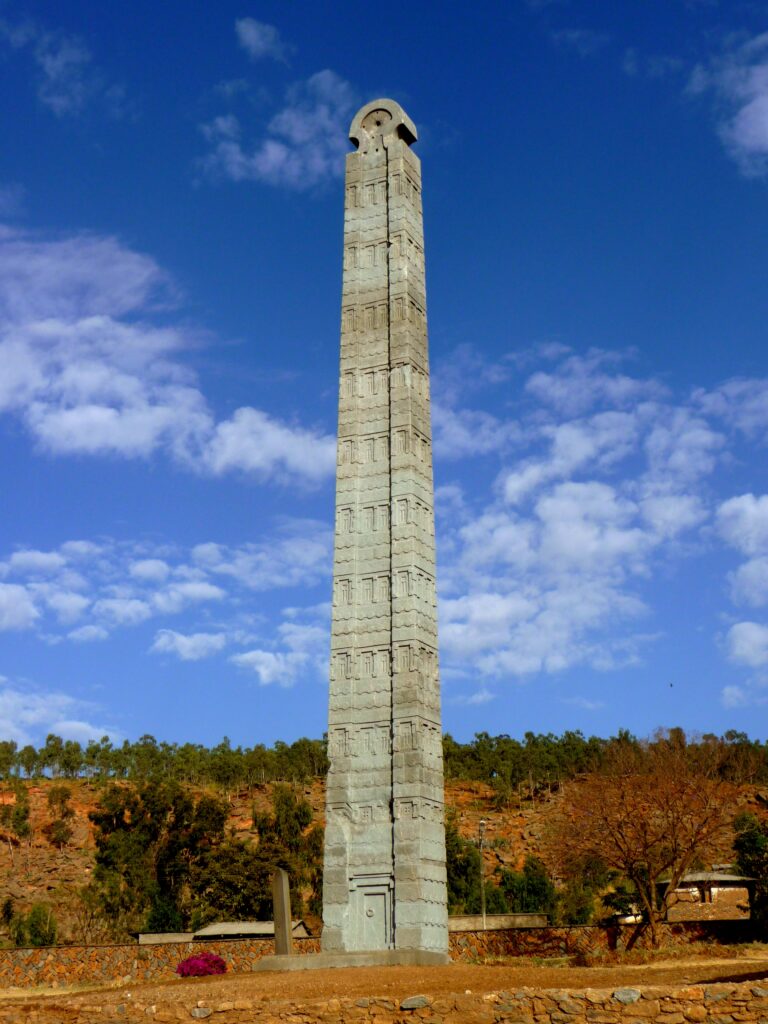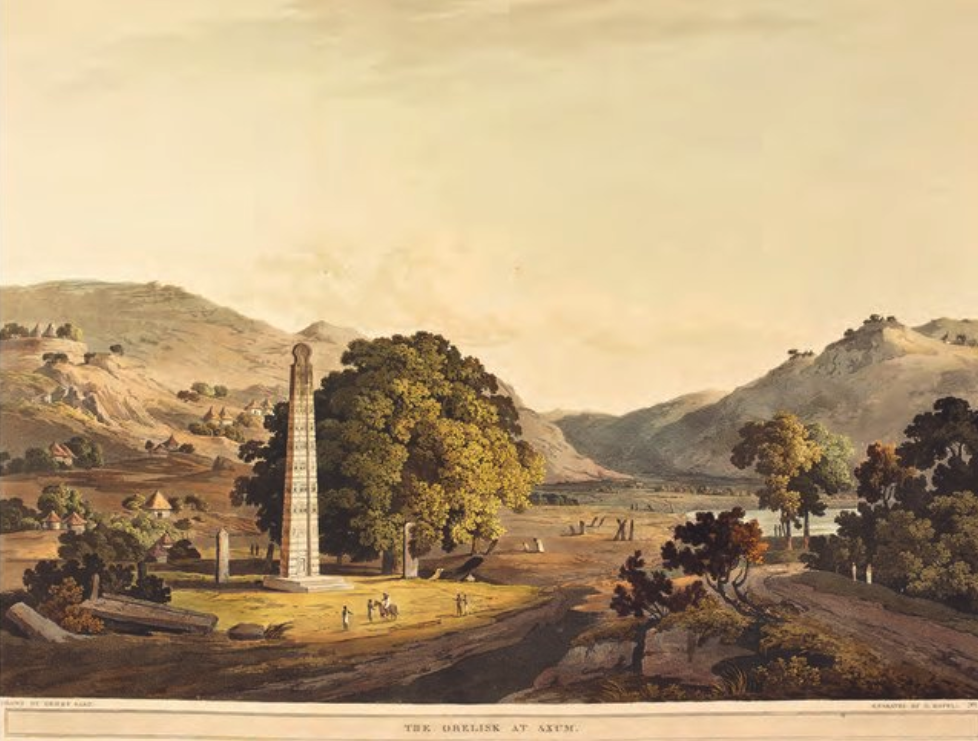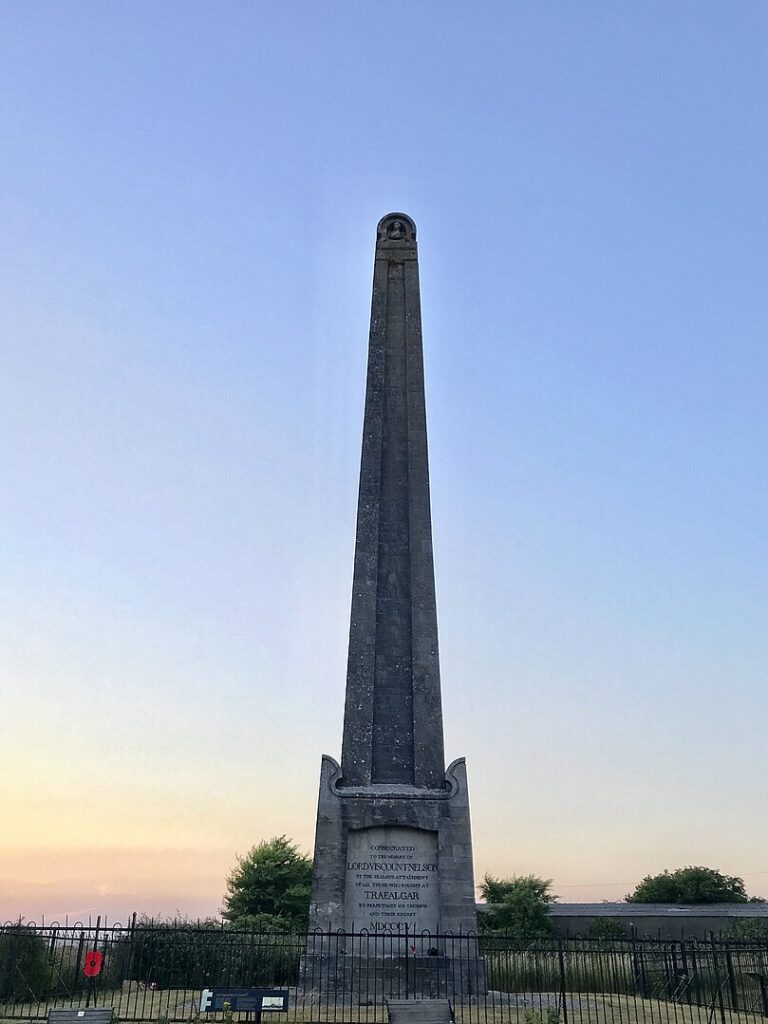This Week in History recalls memorable and decisive events and personalities of the past.
25th April 2005 – The final piece of the Obelisk of Axum is returned to Ethiopia after being stolen by the invading Italian army in 1937

The Obelisk of Axum [Ondřej Žváček, https://commons.wikimedia.org/w/index.php?curid=6027150]
The mighty Kingdom of Axum once ruled the lands of northern Ethiopia and Eritria in the period 150 BC until about 960 AD.
It is one of the great civilizations of sub-Saharan Africa. In the 350s the kingdom, which had flourished from its control of much of the Red Sea-trade between the Roman Empire and India, converted to Christianity, becoming one of the first states in the world to do so.

Medieval map of Ethiopia [Samuel C. Walker – https://www.ethiopia-insight.com/2019/04/23/revealing-barara-the-long-lost-african-medieval-city/, https://commons.wikimedia.org/w/index.php?curid=109427725]
However, before they adopted Christianity, the Axumites were pagans, worshiping a variety of Gods. Part of this worship was the honouring of their ancestors, and as part of this, they would erect obelisks, or stelae, to mark the place of a person’s burial.
A stele is a tall stone form which is often marked with various carvings and may have also included altars at its base.
The most impressive of these were the stelae used to mark the burial places of kings. Stelae were often times mighty structures but could also be more humble structures no taller than the height of a person. These once numbered in the thousands, and many can still be seen in Ethiopia today.

The Northern Stelae Park in Axum, with the King Ezana’s Stele at the centre and the Great Stele lying broken [N. Al Hassan, https://commons.wikimedia.org/w/index.php?curid=58154398]
In the 300s, before their conversion to Christianity, the Axumites built the great Obelisk of Axum. This huge stele reached 24 metres high and is adorned with window-like carvings on its sides. At the bottom of the stele are two huge false stone doors. It is estimated to weigh around 160 tons.
Christianity ended the practice of stele building, and over time many of the stele fell into disrepair, collapsed due to earthquakes or were destroyed by invading Islamic armies. The Obelix of Axum, however, remained standing.

The Obelisk at Axum in 1805
European explorers visiting Ethiopia in the early 19th century remarked on the towering structure and it is thought that this structure and the other still-standing stelae influenced the design of the Nelson Monument on Portsdown Hill, near Portsmouth harbour.

Nelson’s Monument, Portsdown Hill [Hunanuk, https://commons.wikimedia.org/w/index.php?curid=70626558]
The stele would be taken from Ethiopia in 1937, when Italy successfully conquered the country.

Italian colonial troops advance on Addis Ababa
The structure was dragged off to Italy as a war trophy and was placed in Rome at the Ministry for Italian Africa.
In 1947, after its defeat in the Second World War, Italy would agree to return this structure to Ethiopia, along with other captured items.

The obelisk in Rome, before its repatriation
While Italy returned some of the items, the stele remained, being difficult to transport due to its size and weight.
Eventually the structure was cut into three pieces, which transported to Ethiopia between 2003 and 2005, and reassembled.

The inauguration ceremony at the reinstallation of the Aksum Obelisk [N. Al Hassan, https://commons.wikimedia.org/w/index.php?curid=58154398]
On 25 April 2005, the structure was officially restored, an event marked by large celebrations in Ethiopia.
If you like what you have just read, support the Daily Friend

